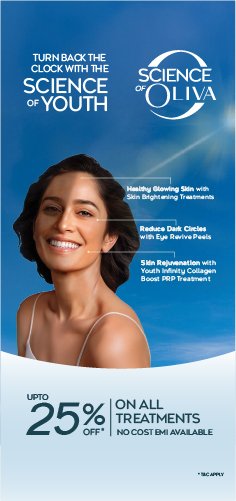In This Article
10 Proven Home Remedies for Melasma: Aloe Vera, Turmeric, Lemon Juice & More
Melasma is a common skin condition characterized by dark, discolored patches, often appearing on the face. It is often triggered by hormonal changes, sun exposure, or genetic factors. While it’s not harmful, melasma can affect one’s complexion and self-esteem. Many seek effective home remedies to reduce melasma and achieve a brighter, more even skin tone. In this article, we’ll explore 10 proven home remedies for melasma, how they work, and why they might be beneficial.
In This Article
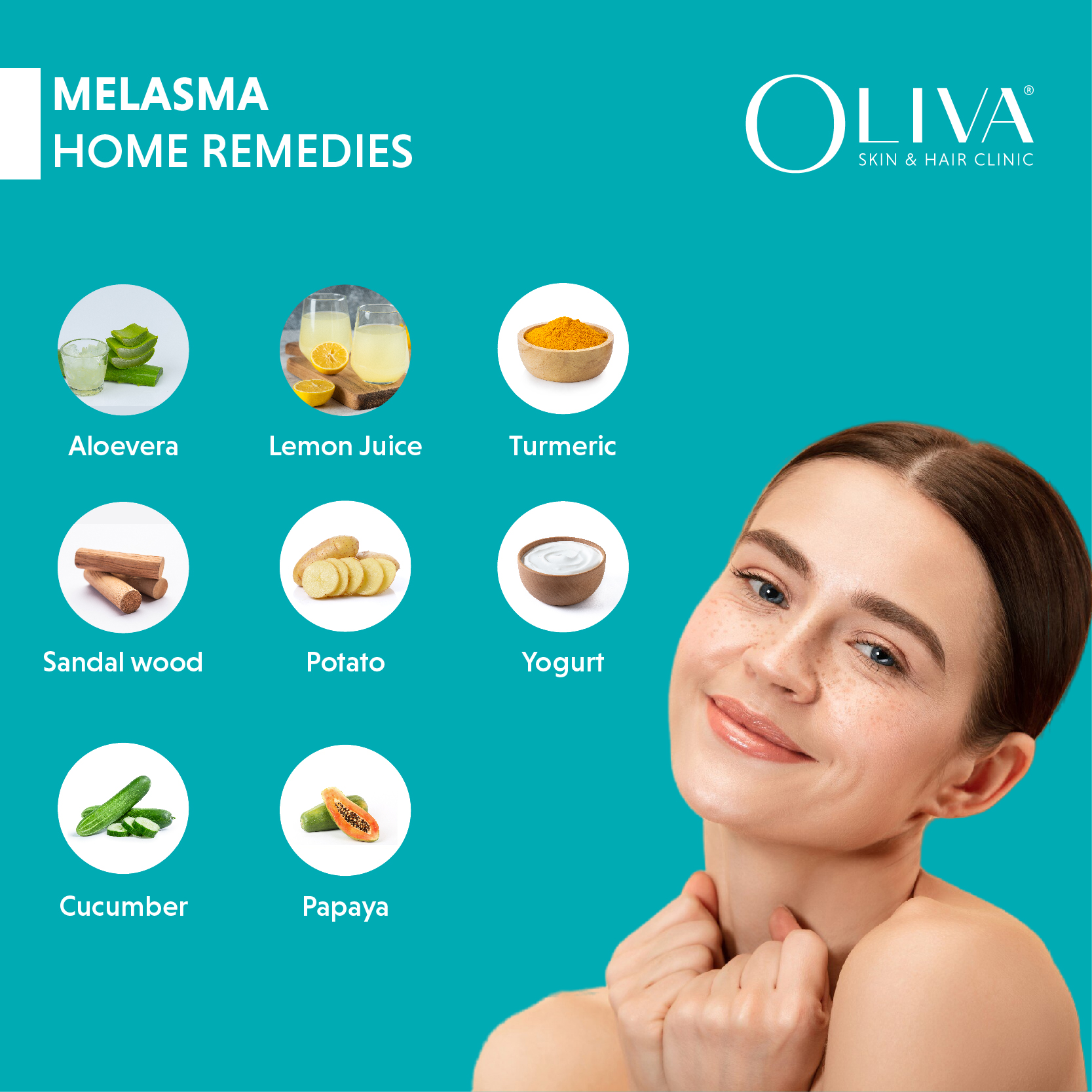
What Causes Melasma?
The exact cause of melasma remains a mystery. However, below are the primary factors known to contribute to melasma:
-
Hormonal fluctuations:
Hormonal changes are a significant trigger for melasma, commonly seen during pregnancy—often referred to as the “mask of pregnancy” due to increased levels of estrogen and progesterone. The use of oral contraceptives can also alter hormone levels, potentially leading to melasma. Meanwhile, post-menopausal women undergoing hormone replacement therapy may experience melasma as a side effect.
-
Sun Exposure:
Exposure to ultraviolet (UV) rays is a significant factor in the development and worsening of melasma. UV rays stimulate melanocytes, the skin cells responsible for producing melanin, leading to darker patches on the skin. Even a small amount of sun exposure can trigger melasma in susceptible individuals.
-
Genetics:
Genetic predisposition plays a crucial role in melasma. If you have a family history of melasma, your chances of developing this condition are higher. Genetic factors can determine how your skin reacts to hormonal changes and sun exposure, making you more susceptible to melasma.
10 Proven & Simple Home Remedies for Melasma
Melasma can be a persistent skin concern, but some home remedies may help lighten melasma patches and reduce melasma naturally. While results vary, these remedies are popular ways to treat melasma at home. Always consult a dermatologist before starting any treatment to ensure it’s safe for your skin.
Here are the top 10 proven home remedies for melasma
-
Aloe Vera: Best Home Remedy To Treat Melasma Naturally.
Remedy:
Apply pure aloe vera gel directly on melasma patches before bedtime.
How it works:
Aloe vera contains aloin, a natural depigmenting compound that helps treat melasma by inhibiting tyrosinase an enzyme essential for melanin production. This soothing gel not only helps reduce melasma but also hydrates and calms sensitive skin.
-
Lemon Juice: Natural Solution to Reduce Melasma
Remedy:
Dab fresh lemon juice on affected areas using a cotton ball for 10-15 minutes.
How it works:
Rich in vitamin C and citric acid, lemon juice acts as a natural bleaching agent. It gently exfoliates dead skin cells and promotes the growth of new cells, which can help reduce melasma. Remember to rinse off and apply sunscreen afterward, as lemon juice can increase your skin’s sensitivity to sunlight.
-
Turmeric: Powerful Ingredient to Treat Melasma Naturally
Remedy:
Mix turmeric powder with milk to form a paste and apply it on melasma patches.
How it works:
Turmeric’s active compound, curcumin, offers anti-inflammatory and antioxidant benefits that help treat melasma and reduce pigmentation. Regular use may gradually lighten dark patches; however, be cautious as turmeric can temporarily stain the skin.
-
Yogurt: Gentle Exfoliator to Reduce Melasma
Remedy:
Apply plain yogurt to the affected areas and leave it on for about 20 minutes.
How it works:
Yogurt is rich in lactic acid, a natural exfoliator that removes dead skin cells and promotes new cell turnover. Its mild bleaching properties help treat melasma and even out skin tone, resulting in a brighter complexion.
-
Potato: A Natural Remedy to Treat Melasma
Remedy:
Rub a raw potato slice on melasma areas or apply freshly extracted potato juice.
How it works:
Potatoes contain catecholase, an enzyme known to lighten skin. This natural remedy can help reduce melasma by soothing and nourishing the skin while gradually diminishing dark spots.
-
Sandalwood: Effective Home Remedy to Reduce Melasma
Remedy:
Create a paste by mixing sandalwood powder with rose water and apply it to the melasma patches.
How it works:
Sandalwood has been used for centuries for its anti-inflammatory and skin-lightening properties. This remedy helps treat melasma by reducing pigmentation and soothing the skin, promoting a more even tone.
-
Almond Paste: Nutrient-Rich Remedy to Treat Melasma
Remedy:
Soak almonds overnight, grind them into a paste, mix with a little milk, and apply to the affected areas.
How it works:
Almonds are rich in vitamin E and antioxidants, which help reduce melasma and improve skin texture. The natural oils in almond paste moisturize and rejuvenate the skin, leading to a lighter, more even complexion.
-
Cucumber: Cooling Remedy To Treat Melasma Naturally
Remedy:
Grate a cucumber and apply the juice to melasma patches, leaving it on for 20 minutes.
How it works:
Cucumber’s cooling properties and antioxidants help soothe irritated skin and reduce melasma. Regular use can help brighten the skin and promote an even tone, making it a great natural remedy for melasma.
-
Papaya: Enzyme-Powered Remedy to Treat Melasma
Remedy:
Mash ripe papaya into a paste and apply it directly on dark patches.
How it works:
Papaya contains papain, an enzyme that exfoliates dead skin cells and helps reduce pigmentation. Its rich vitamin content aids in skin rejuvenation, making it effective in treating melasma and achieving an even skin tone.
-
Apple Cider Vinegar: Natural Astringent Treatment to Reduce Melasma
Remedy:
Dilute apple cider vinegar with an equal amount of water and apply with a cotton ball for a few minutes.
How it works:
The acetic acid in apple cider vinegar acts as a natural astringent, tightening the skin and lightening pigmentation. With regular, careful use, this remedy can help reduce melasma and improve overall skin texture. Always perform a patch test first to avoid irritation.
Each of these remedies offers a natural way to treat melasma and reduce melasma gradually. While they can help improve your skin’s appearance, individual results will vary, and professional advice is key for the best outcomes. Use these remedies consistently, and always prioritize skin safety by consulting a dermatologist.
Key Reminders for Trying At-Home Melasma Treatments
- Consistency is Key, But Patience is Required: Home remedies can take weeks or even months to see noticeable results. Be consistent with your application, but don’t expect overnight changes.
- Sun Protection is Crucial: Melasma worsens with sun exposure. Regardless of the home remedies you use, religious application of a broad-spectrum SPF 30+ sunscreen every day is essential.
- Consult a Dermatologist for Best Results: While home remedies may offer some relief, a dermatologist can create a personalised treatment plan that is most effective and safe for your specific case. Depending on the severity of your melasma, they can recommend prescription medications, medical-grade skincare products, or even in-office procedures.
Remember, there’s no magic bullet for melasma. However, by exploring home remedies with caution and consulting a dermatologist, you can develop a comprehensive strategy to manage this condition and achieve a more even skin tone.
Home Remedies vs. Professional Treatments for Melasma
While home remedies like lemon juice or aloe vera and other natural solutions might seem appealing, they often take time and may not provide the results you’re hoping for, especially with stubborn melasma. Professional treatments at Oliva Clinic, such as chemical Peels, Q-Switch Laser, and Customized Skincare, offer more targeted and effective solutions:
- Chemical Peels: Our chemical peels are specifically designed to target stubborn melasma, exfoliate dead skin, and promote fresh, glowing skin, all under the guidance of expert dermatologists.
- Q-Switch Laser: This advanced laser treatment precisely targets the melanin in the skin, breaking down pigmentation and helping to fade stubborn melasma effectively.
- Customized Skincare: Our dermatologists create a personalized skincare plan using high-quality, FDA-approved products tailored to your unique skin type and melasma condition.
Choose Oliva Clinic for proven, safe, and professional melasma treatments that deliver fast and lasting results!
Benefits Of Professional Treatments Over Home Remedies
- Faster, More Effective Results: Unlike home remedies, which can take months with uncertain outcomes, professional treatments at Oliva Clinic provide faster, more reliable, and long-term results.
- Safe & Supervised Care: Treatments are carried out by experienced dermatologists, ensuring safety and proper care. Unlike home remedies, which can sometimes aggravate the condition, professional treatments are tailored to your skin type and needs.
- FDA-Approved Technology: Oliva Clinic uses advanced technology and products that have been scientifically proven to address melasma effectively.
If you’re struggling with melasma and want proven, safe, and effective solutions, consult with the experts at Oliva Clinic. Say goodbye to the uncertainty of home remedies and trust our personalized treatments for clear, glowing skin.
Frequently Asked Questions On Home Remedies For Melasma
Removing melasma at home involves a combination of natural remedies and over-the-counter products. Natural remedies like aloe vera gel, lemon juice, turmeric, yogurt, and potato juice can help lighten pigmentation over time. It’s crucial to apply sunscreen daily, as sun exposure can worsen melasma. Additionally, using products containing ingredients like vitamin C, retinoids, and azelaic acid can help manage melasma. Consistency and patience are key, as these methods take time to show results. However, consulting with a dermatologist for professional treatments is recommended for more effective and quicker results.
Due to its soothing and depigmenting properties, aloe vera gel can help reduce the appearance of melasma. The aloin in aloe vera inhibits melanin production, which can lighten dark patches over time. Apply pure aloe vera gel to the affected areas before bedtime and wash it off in the morning. Regular use can help lighten melasma but may not completely remove it. Combining aloe vera with other treatments can enhance its effectiveness.
Three commonly prescribed creams for melasma are:
- Hydroquinone Cream: This is a skin-lightening agent that reduces melanin production.
- Tretinoin Cream: A retinoid that increases cell turnover and helps to lighten dark spots.
- Corticosteroid Cream: Often combined with hydroquinone and tretinoin to enhance their effects and reduce inflammation.
These creams can be used individually or in combination formulations prescribed by a dermatologist.
The best cream for melasma often depends on individual skin type and severity of the condition. However, a popular and effective combination is the triple combination cream that contains hydroquinone, tretinoin, and a corticosteroid. This combination targets pigmentation, increases cell turnover, and reduces inflammation, offering comprehensive treatment for melasma. Always use these creams under the guidance of a dermatologist to avoid potential side effects.
Currently, there is no permanent cure for melasma, as it can recur, especially with continued exposure to triggering factors like sunlight and hormonal changes. However, a combination of treatments can effectively manage and significantly reduce its appearance. These include topical treatments, chemical peels, laser therapy, and rigorous sun protection. Maintenance therapy and avoiding triggers are essential to keep melasma under control.
The exact root cause of melasma is not fully understood, but it is primarily linked to hormonal changes, sun exposure, and genetic predisposition. Hormonal fluctuations, such as those during pregnancy, the use of birth control pills, and hormone replacement therapy, are significant triggers. Ultraviolet (UV) rays from the sun stimulate melanocytes, the cells that produce melanin, leading to dark patches. Additionally, having a family history of melasma increases the likelihood of developing the condition. Other contributing factors may include certain medications, thyroid disease, and stress.
Read This Next
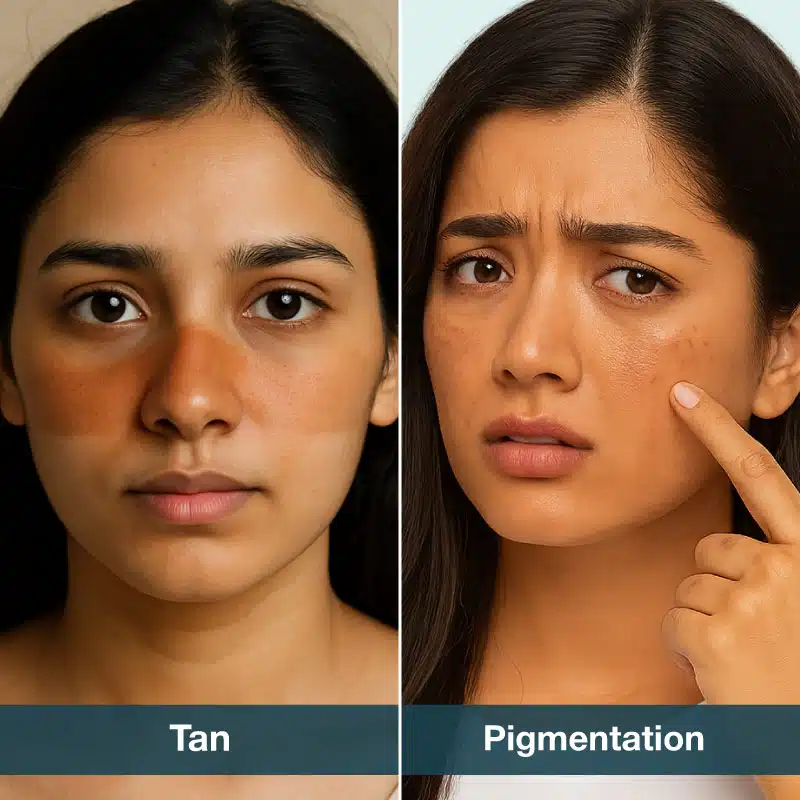
Difference Between Tan and Pigmentation: Causes, Signs & Treatments
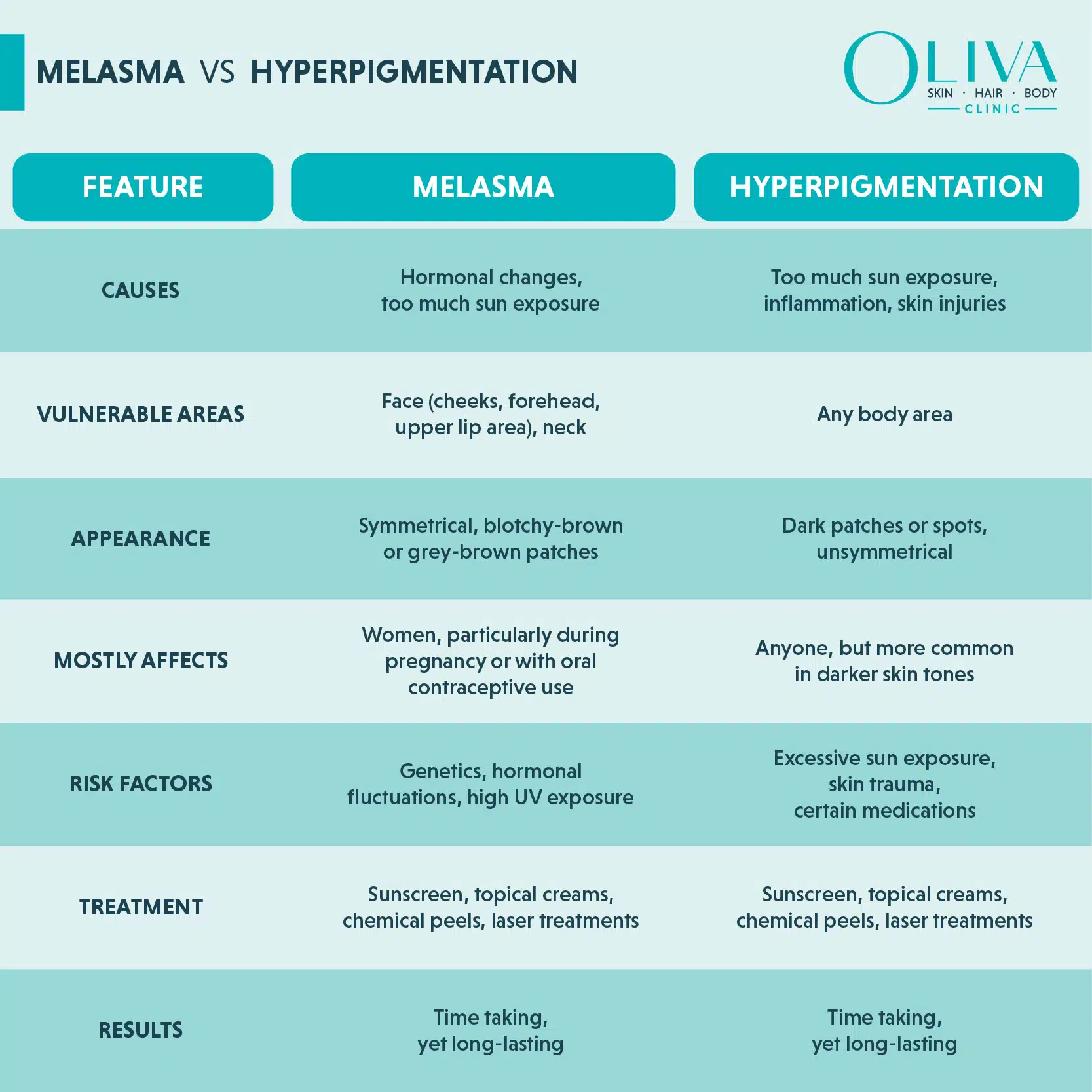
Know The Difference Between Melasma And Hyperpigmentation
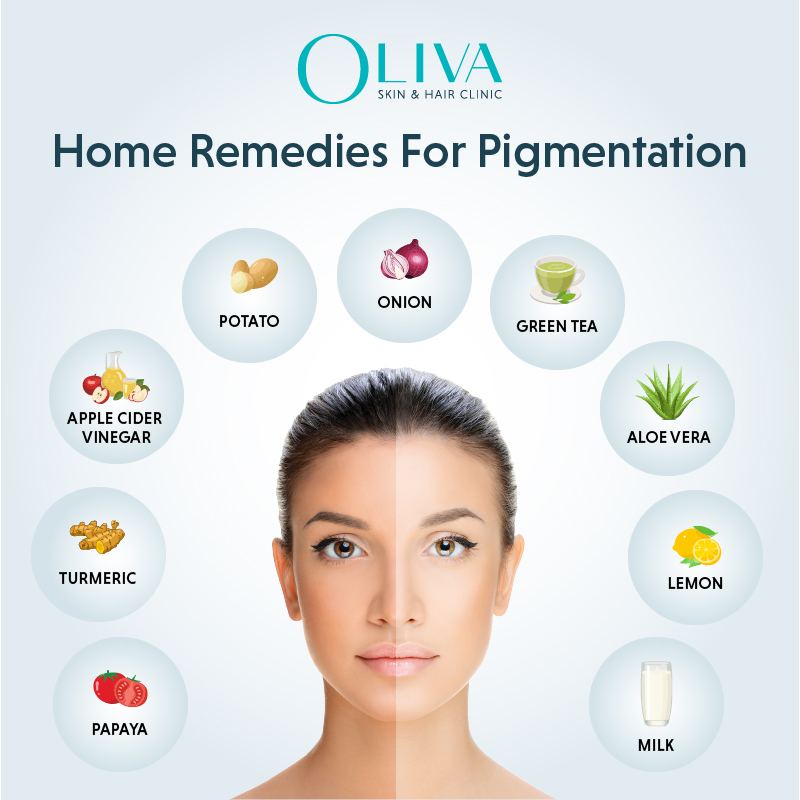
How To Remove Pigmentation From Face Permanently & Naturally At Home?

Acanthosis Nigricans Treatment: Diagnosis, Causes & Symptoms

Tan Removal Treatment: Cost, Procedure, Results & Prevention Tips



